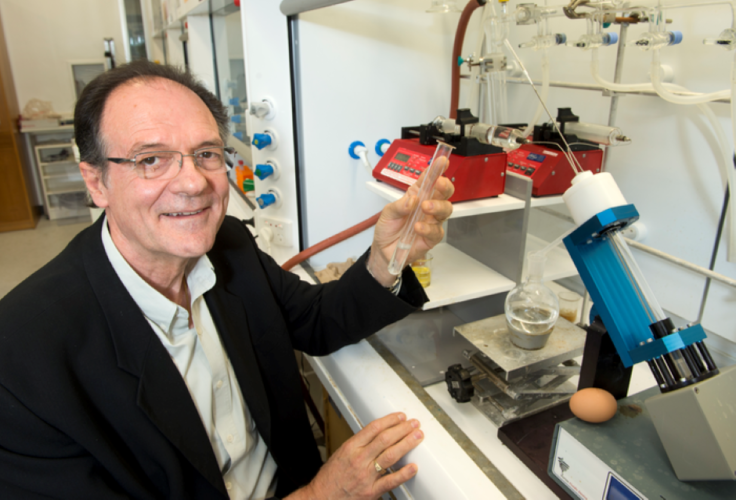Vortex fluidic device mixes the immiscible
Flinders University researchers are using their vortex fluidic device to mix immiscible liquids, an advance that could improve future products and industrial processes.

Using the highly advanced rapid fluidic flow techniques possible in the vortex fluidic device (VFD), the Australian research team has completed 10 years of research to find a way to use clean chemistry to unlock ‘mixing immiscibles’.
According to Flinders University Professor Colin Raston, senior author in a new paper published in Chemical Science, this will have applications in a range of global industries, from food processing and nutraceuticals to cosmetics and drug delivery.
“Mixing immiscible liquids is fundamentally important in process engineering and usually involves a lot of energy input and waste products,” Professor Raston said in a statement. “We now demonstrate how this process, using a common solvent and water, can avoid the use of other substances for controlling reactions across immiscible liquids, making it cleaner and greener.”
Register now to continue reading
Thanks for visiting The Engineer. You’ve now reached your monthly limit of news stories. Register for free to unlock unlimited access to all of our news coverage, as well as premium content including opinion, in-depth features and special reports.
Benefits of registering
-
In-depth insights and coverage of key emerging trends
-
Unrestricted access to special reports throughout the year
-
Daily technology news delivered straight to your inbox










UK Automotive Feeling The Pinch Of Skills Shortage
Not so much attracting skills to the UK but generating skills within the UK is what is needed! That statement suggest they are in effect wanting to...